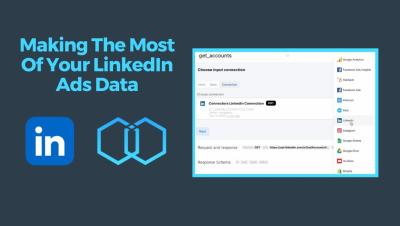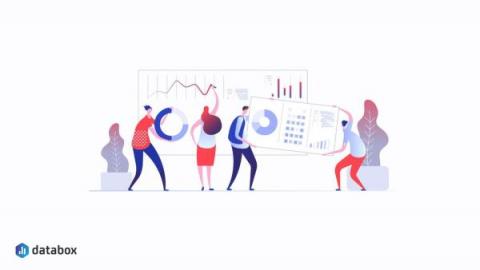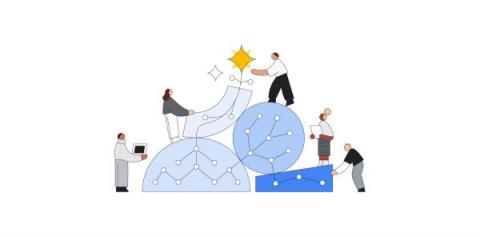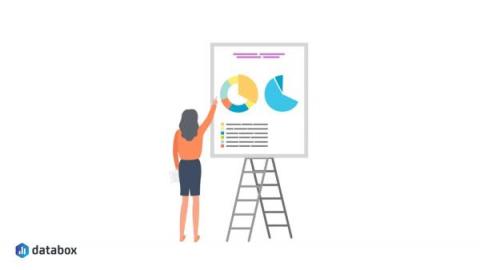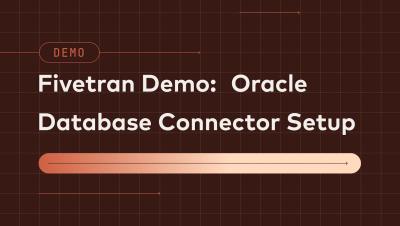Making The Most Of Your LinkedIn Ads Data With Integrate.io
Our Head of Solutions Engineering, Teri Morgan, explains how you can use our Integrate.io no-code ETL platform to easily extract, transform, and load your LinkedIn Ads data to the destination component of your choice.

